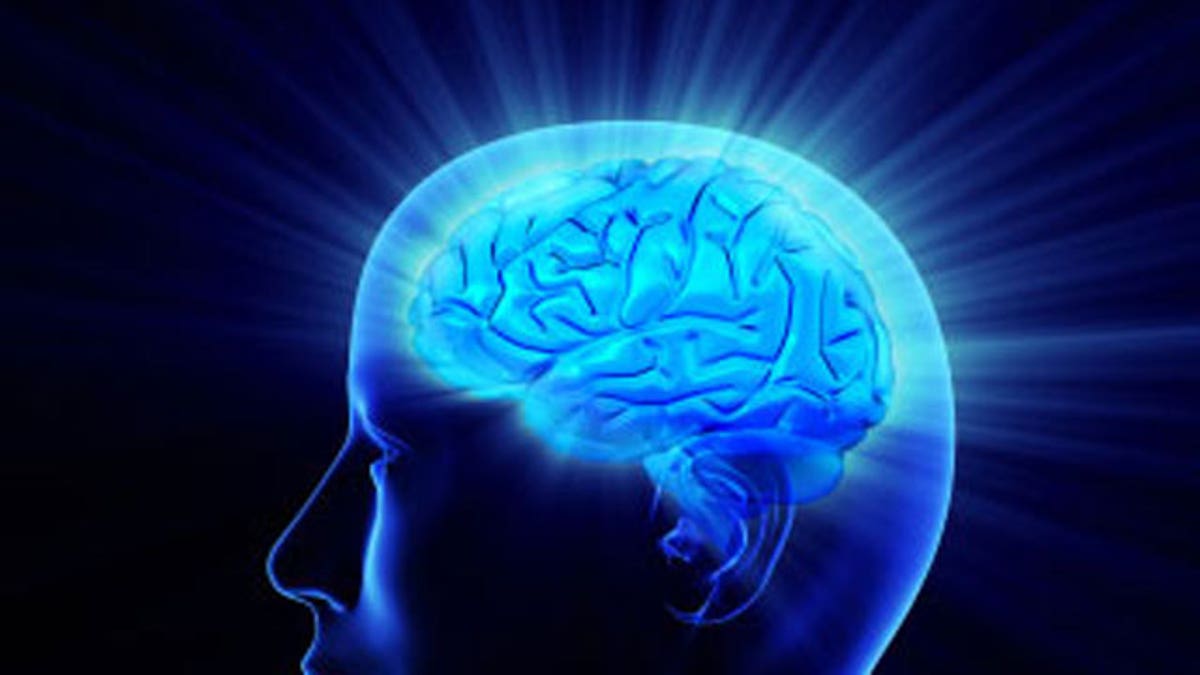
If you ask any elementary school teacher what children forget in the classroom every day, you’ll learn that in addition to forgetting facts, they also leave behind all sorts of things: books, pens, iPods, etc. But what you won’t hear from the kids is, “What’s the matter with me? I’m eight years old, and my memory is going!” or “Gosh, another junior moment!”
Unfortunately, in our society, after age 25 or so, many folks begin to focus on any glitch in memory as evidence for its demise. Normal forgetting is cataloged as a “senior moment,” and the decline of memory becomes a self-fulfilling prophecy.
Neuroscientists agree that with proper diet, fitness and practice, memory can improve as we age. They’ve also discovered that learning something new is one of the best ways to strengthen your brain over the years.
For example, did you know that playing chess or other challenging mental sports can lower the risk of developing dementia by as much as 74 percent, according to a study conducted by researchers at the Albert Einstein College of Medicine?
The lead author, Dr. Joe Verghese emphasized that the Yeshiva University findings, collected over more than two decades, demonstrate that continuing participation in a range of mentally stimulating activities serves to protect the health of the brain. For example, in addition to playing chess and bridge, significant brain benefits accrue to those who read regularly.
As well, in 2004, the scientific journal Nature published the article “Neuroplasticity: Changes in Grey Matter Induced by Training.” The authors reported that 15 minutes of daily juggling Thinkstockpractice over the course of three months resulted in a significant increase in the brain’s gray matter (the non-juggling control group showed no improvements in the brain).
The study was a landmark in our understanding of the brain’s ability to effectively re-create itself over time with appropriate training. The researchers also found, however, that the brain benefits began to fade after the subjects stopped regular juggling practice. The research team summarizes its findings by stating simply, “The brain is like a muscle. We need to exercise it.”
Learning memory systems, mental sports and juggling are all wonderful ways to maintain a vibrant, lively mind. Other especially beneficial activities include learning new languages, dance, creative writing, tai chi, cooking, drawing, and becoming computer and web savvy.
_________________________________________________________________________
More from AskMen.com:
_________________________________________________________________________
Although these activities offer special benefits, the greatest benefit probably accrues from your engagement with any activity that is new and challenging.
As neuroscientist Dr. Daniel Amen emphasized, “New learning actually causes new connections to form in your brain... It has a positive effect on your brain and can help keep it young. The best mental exercise is acquiring new knowledge and doing things you haven’t done before.”
Improve the Brain
Research shows juggling to be one of the best ways to improve the brain as you age.
Here’s how to do it:
- Find three balls
- Stand in a balanced, upright posture and enjoy a few deep, full breaths, allowing generous exhalations. Start with one ball and toss it back and forth, from hand to hand, in a gentle arc just above your head.
- Take two balls, one in each hand. Toss the ball in your right hand. When it reaches its high point, toss the ball in your left hand in the same manner. Focus on smooth, easy throws and let both balls drop.
- Same as step 2, only this time, catch the first toss. Let the second one drop.
- Same as step 2, only this time, catch them both.
- Now you are ready to try three balls (you’ll be truly juggling now because you’ll have more balls than hands). Take two balls in one hand and one in the other. Toss the front ball in the hand that has two balls.
- When it reaches its high point, throw the single ball in your other hand. When that reaches its high point, throw the remaining ball. Do not try to catch them; just relax and let them all drop.
- Same as step 5, only this time, catch the first toss.
- Same as step 5, only this time, catch the first two tosses. If you catch the first two balls and remember to throw the third, you will notice that there is only one ball remaining in the air. Catch the third ball.
- Guess what? You’re juggling!
